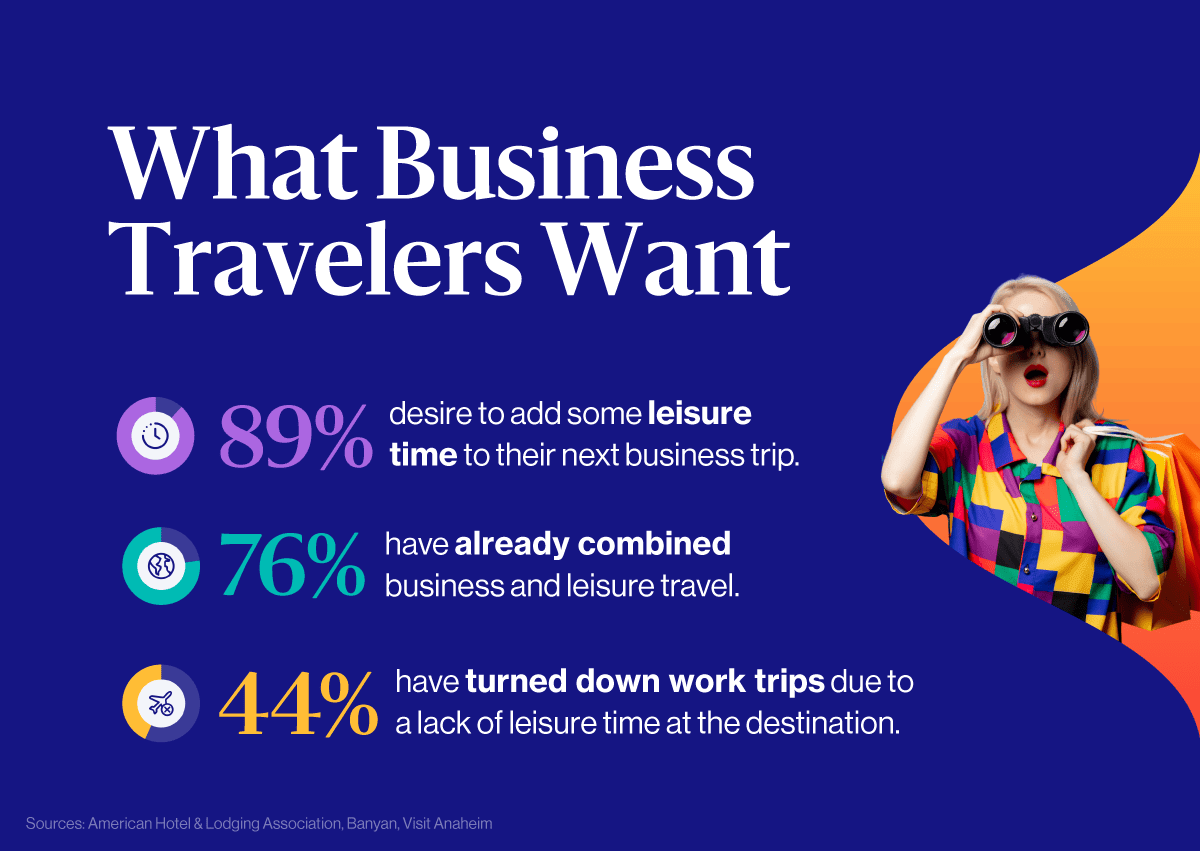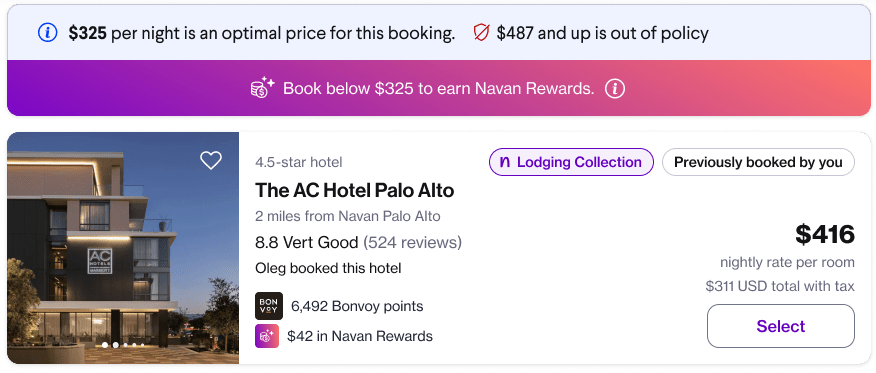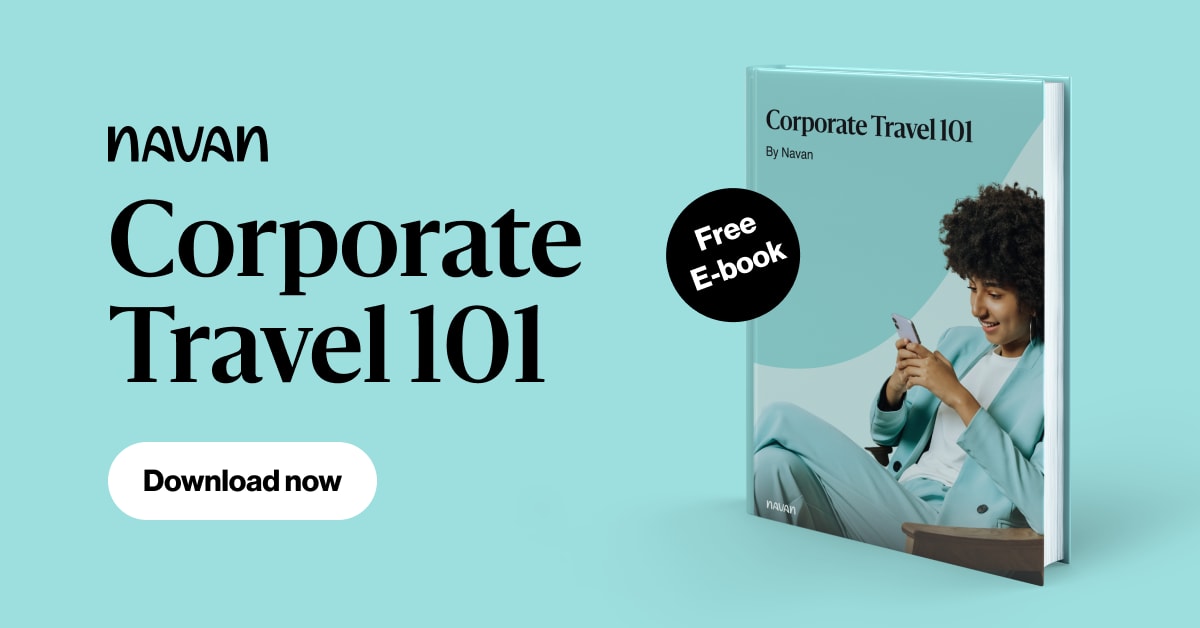12 Best Practices for Managing Employee Travel Expenses

Without clear guidelines and efficient processes, tracking employee travel expenses can feel hectic. Inconsistent travel expense reports, surprise costs, and policy breaches can derail your best efforts. And a poorly managed travel program can quickly lead to overspending.
Below are 12 best practices to transform your travel expense management process from a chaotic free-for-all into a well-oiled machine.

1. Establish clear expense policies
Define detailed guidelines around which business travel expenses are eligible for reimbursement. Travel policies should be accessible and easy to understand.
Include specific rules for categories like:
- Lodging
- Meals
- Transportation
- Incidental expenses
Just getting started? Follow this step-by-step guide to creating a travel policy.
2. Mandate timely submission
Set strict deadlines for travel expense submissions. Deadlines encourage employees to promptly report incurred expenses, which helps maintain accurate financial records and speeds reimbursement.
Case Study: Analog to Automatic
Travel to conventions and trade shows fuels nearly half of DisputeHelp’s business — but submitting and reconciling expenses was an administrative nightmare. Employees tracked travel via spreadsheets, while back at the office, manually reviewing and coding each expense submission was laborious. See how Navan revolutionized the company’s T&E program.

3. Be clear about leisure extensions
A recent survey found that 89% of business travelers desire to add leisure time to their next trip. Unfortunately, companies’ rules for leisure extensions are often clouded in mystery.
Ensure employees understand what counts as deductible travel expenses and how to handle non-business expenses. Implementing a leisure extension policy helps make the line between work and play crystal clear.
4. Use digital expense tracking tools
Leverage specialized software for expense tracking. These tools can automate receipt scanning and reporting, which reduces the likelihood of errors and fraud.
Pro Tip: Auto-Enforce Compliance
An all-in-one expense and travel management software like Navan automatically enforces policy compliance. The software automatically approves bookings that adhere to the policy and rejects those that do not. Read how Relayr achieved 98% compliance with the max-price company policy with Navan.
For more corporate travel best practices, download our free e-book: Corporate Travel 101.
5. Provide training and education
Offer training on expense policies and tools — it helps traveling employees understand the expectations of the company and the capabilities of the system.
Pro Tip: Keep It Simple
Employees need more assistance from managers and administrators when processes are convoluted or tools are clunky. When evaluating new tools, make sure they are easy to use and mobile-friendly. If not, employees may fail to adopt the system altogether.
6. Ensure timely travel reimbursement
Ensuring timely and accurate travel reimbursement is crucial for maintaining employee satisfaction and motivation. Prompt expense reimbursement alleviates financial stress, allowing employees to focus on their work rather than worrying about personal finances.
Case Study: More Impactful Work, Less Paperwork
After submitting travel expense reports, salespeople at Seismic typically waited 30 days for reimbursement. And Seismic’s payroll manager was dedicating 6-plus hours per week to manually process them. Now, with Navan, reimbursements happen within 24 hours, and 80% of their transactions are automatically approved. See how.

7. Require pre-trip approvals
Encourage employees to submit a detailed trip proposal with a business purpose justification and budget before their business trip.
When employees plan ahead, companies ensure that expenses are expected and within budget. Plus, hotel and airfare may be more expensive when booked last minute.
8. Communicate transparently
Maintain open communication about expense policies and any updates or changes. Clear communication helps employees understand what is expected of them.
Pro Tip: Go Paperless
Keeping your company’s travel policy in a static document burdens everyone involved. Employees cannot easily access the info, and administrators struggle with communicating policy changes or updates. But modern T&E software allows administrators to set and display policy controls so that employees see the rules in real time, as they book trips.
9. Perform regular audits
Conduct periodic audits of expense documents. These audits can help:
- Detect fraud: Uncover any fraudulent or unauthorized expenses.
- Ensure accuracy: Verify that all expense reports are accurate and properly documented.
- Maintain compliance: Ensure adherence to company policies and regulatory requirements.
- Identify trends: Spot patterns in spending to better forecast future expenses.
- Optimize budgets: Adjust budgets based on actual spending data to improve financial planning.
10. Offer corporate cards to traveling employees
Providing company-issued credit cards for business travel-related expenses can streamline the reimbursement process and reduce the need for out-of-pocket spending.
Bring Your Own Company Cards
With Navan Connect, companies can enjoy automated travel expense management without switching from their current bank cards.

Above: The Navan Rewards program incentivizes employees to book below a company’s policy limit.
11. Encourage cost-conscious behavior
Foster a culture of fiscal responsibility. Encourage employees to choose cost-effective options for flights, hotels, car rentals, and meals.
Pro Tip: Reward Responsible Spenders
Business travelers often see policy caps as targets to meet rather than limits to stay under. The Navan Rewards program encourages cost-effective travel decisions. Employees earn rewards for saving on expenses, and companies save on travel expenses.
12. Regularly evaluate expense policies
Regularly review and update expense policies to ensure they align with the evolving needs and goals of the company. Consider the following:
- Do the travel policies align with company goals, objectives, and needs?
- Are there areas for cost savings and efficiency improvements?
- Are we complying with legal, tax, and regulatory requirements?
- How can we enhance employee satisfaction?
Controlling travel expenses helps companies maximize travel program ROI and maintain a healthy bottom line. Schedule a demo or get up and running with Navan in only five minutes.
This content is for informational purposes only. It doesn't necessarily reflect the views of Navan and should not be construed as legal, tax, benefits, financial, accounting, or other advice. If you need specific advice for your business, please consult with an expert, as rules and regulations change regularly.
More content you might like
Take Travel and Expense Further with Navan
Move faster, stay compliant, and save smarter.


